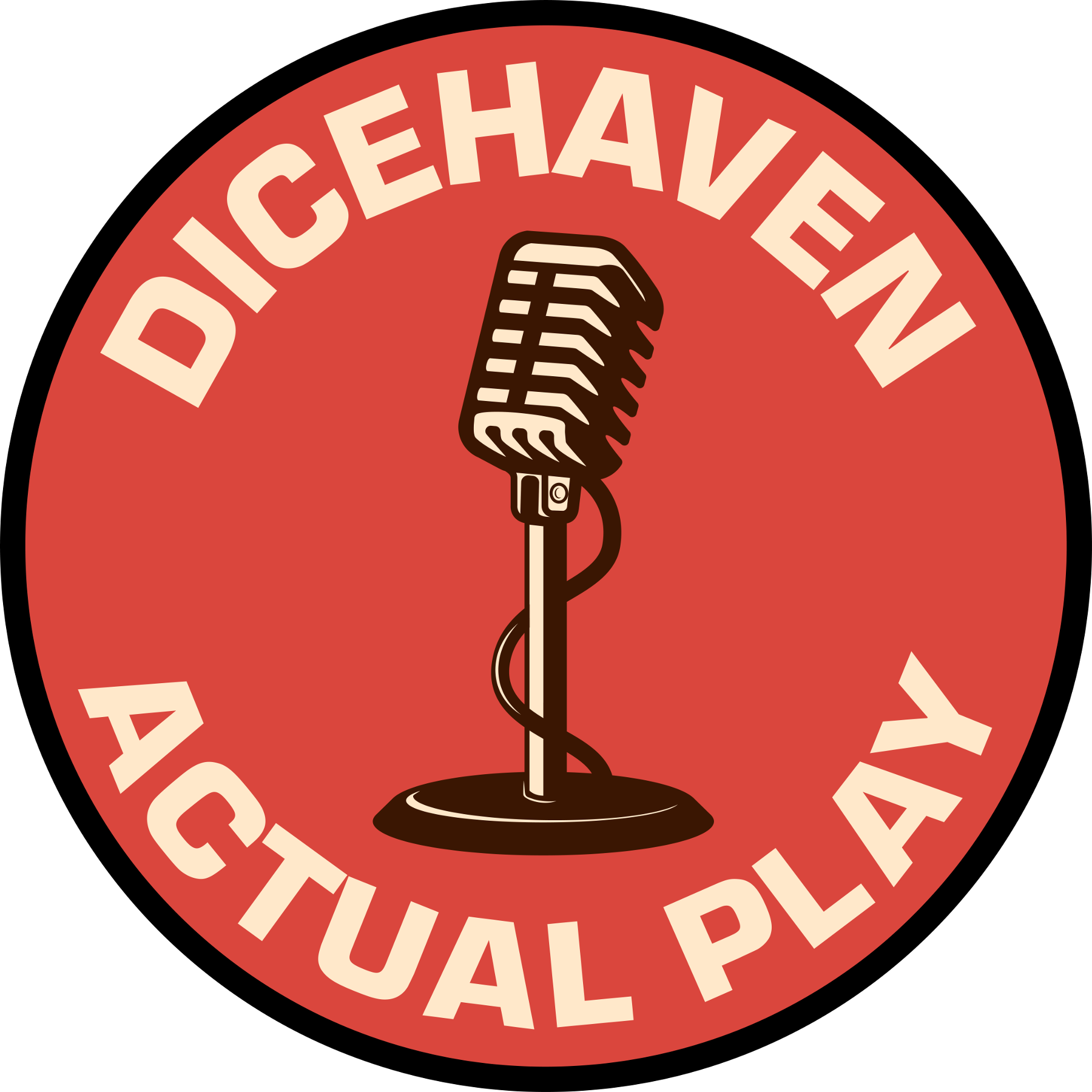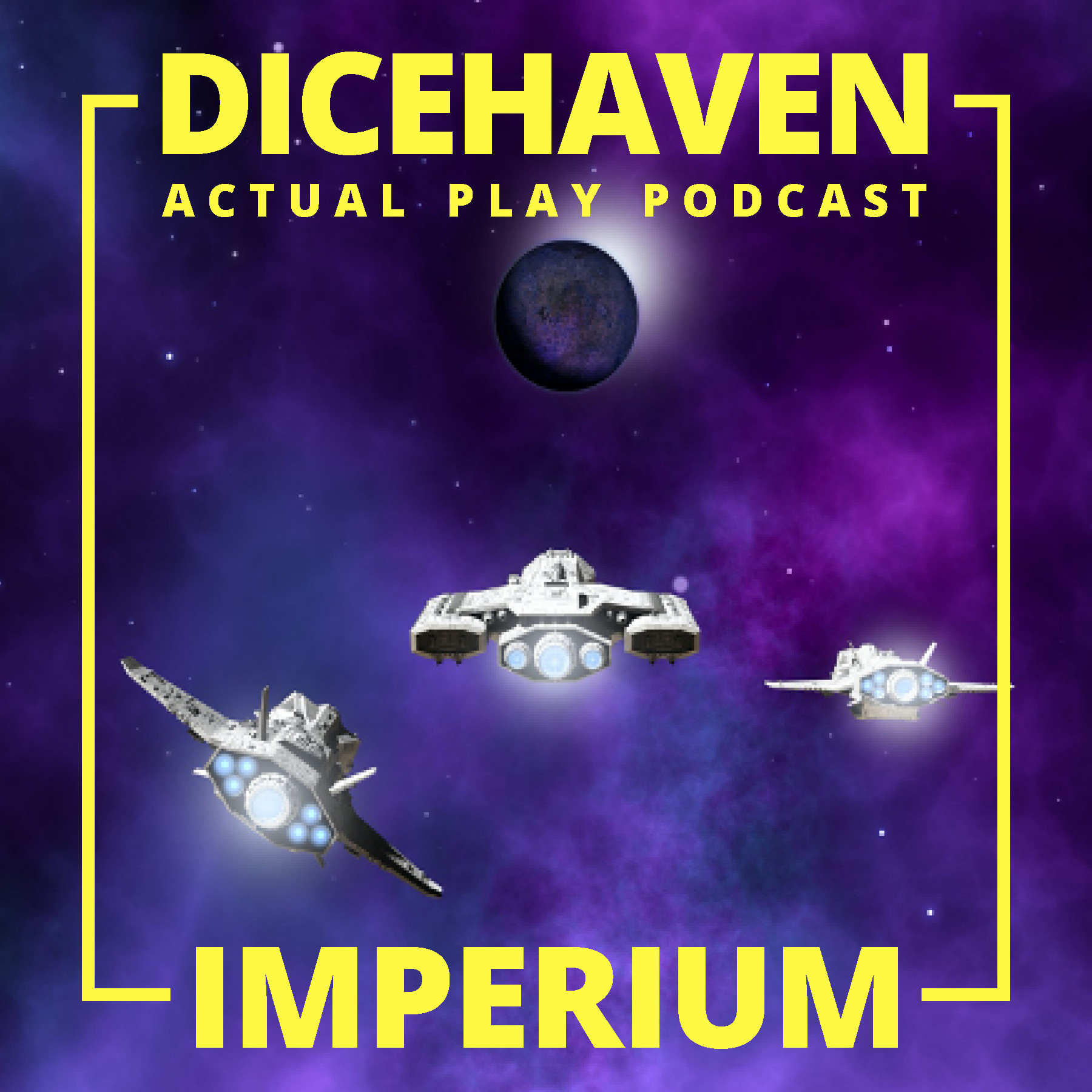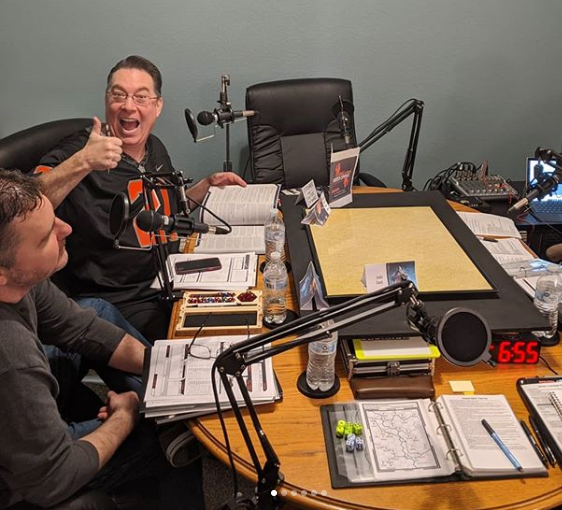I used to write a blog post, then go to TinyURL.com to get a short link, then I’d log in to Twitter to tweet about my new blog entry, then I’d go to Facebook and do the same thing. What a drag. Here’s how to automate your blog so you write once and publish to multiple place automatically — it mirrors the content out to both Twitter and Facebook with no extra work necessary!
This mini-tutorial assumes:
- You have a Facebook “page” set up and a Twitter account.
- You have a blog set up on your own domain (mine is swshinn.com) and it uses WordPress software to manage the site.
- You (or someone you know) knows how to FTP into your site and install WordPress plugins (it’s really not that hard — Google search to find many tutorials on this).
Step 1: Getting WordPress to automatically post to Twitter
Download and install the “YOURLS: WordPress To Twitter” plugin:
http://planetozh.com/blog/yourls-wordpress-to-twitter-a-short-url-plugin/
Once installed and activated, configure these settings:
- Under “URL Shortener Service” pick a service. I use TinyURL.
- Under “Twitter Settings” enter the login and password for your Twitter account.
- Finally, check the box that says ” Send a tweet with the short URL”. This means that every time you submit a blog post, this WordPress plugin will automatically make a short URL for your blog post (in my case, generating a TinyURL) and post the entry to your Twitter account.
Here’s a screenshot of my settings (click the image to enlarge it):
Step 2: Getting Facebook to automatically list your new blog posts
Assuming you have a Facebook “page” (I’m not sure it would work with a normal Facebook account or Facebook “group”; and most authors prefer the “page” features), here’s how you do it.
- Click on the link to “Edit” your page.
- Then on the settings page that appears, under “Notes Settings” on the right, it gives the option to “Import a blog.” Click that link, and then enter the URL for your WordPress blog’s RSS feed (by default, this is “http://yoursite.com/feed”).
- Click on “Start Importing.”
You’re done!
In the future, when you post to your WordPress blog, WordPress will tweet your post to your Twitter account, and Facebook will grab the entry and post it under your Facebook page notes. Note that Facebook may take a few minutes (maybe even an hour or more) to grab your blog post, so be patient. 😉
If you liked this article, add me as a “friend” on Facebook and Twitter!:
http://www.facebook.com/pages/S-W-Shinn/197734288134
http://twitter.com/swshinn




Recent Comments